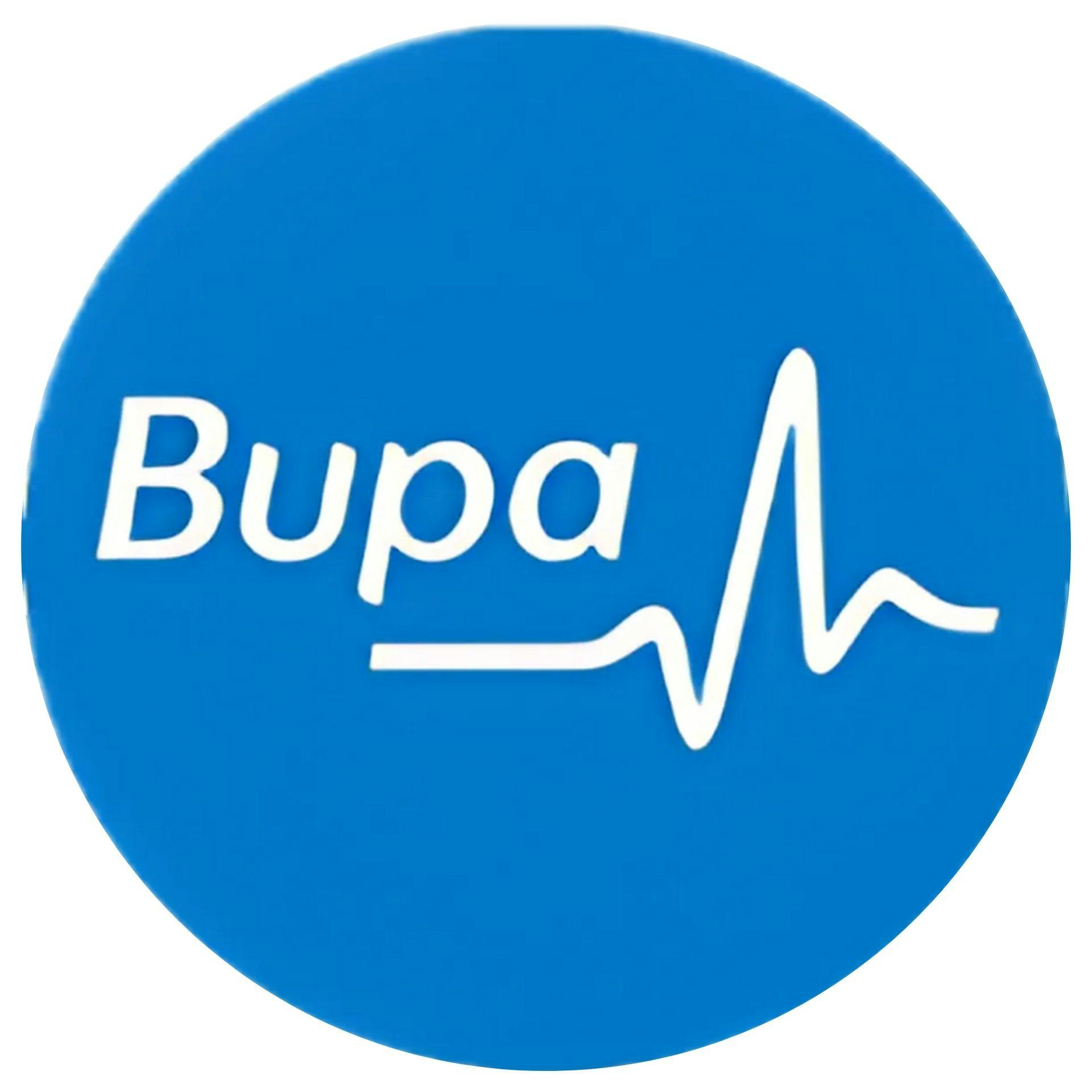Restoring You to YouSchedule Your Consultation Today
Contact Us
Over the years, the landscape of hip replacement surgery has undergone a remarkable transformation—not just in terms of surgical technique, but also in how patients recover. Traditionally, recovery from total hip replacement meant a long hospital stay, extended bed rest, and a slow return to daily activities. Today, thanks to the implementation of Enhanced Recovery After Surgery (ERAS) protocols, patients are walking within hours after surgery and often going home the same day or next day—with improved outcomes and fewer complications.
The Evolution of Hip Replacement Recovery
In the past, patients undergoing total hip replacement typically spent 5–7 days in hospital, followed by several weeks in rehabilitation. Recovery was slower, and the risk of complications from prolonged immobility—such as blood clots (venous thromboembolism or VTE), infections, and muscle deconditioning—was higher.
With advances in anaesthesia, pain control, surgical techniques, and postoperative care, the time to discharge has significantly reduced. Many patients are now discharged within 24 to 48 hours, and in some cases, even the same day as their surgery.
What Is ERAS?
Enhanced Recovery After Surgery (ERAS) is a multidisciplinary, evidence-based approach to surgical care that focuses on optimising each phase of the patient journey—from preoperative preparation to postoperative recovery. Originally developed for gastrointestinal surgery, ERAS has now been successfully adopted in orthopaedics, especially for total hip and knee replacements.
The goal of ERAS is to:
-
Reduce the physical and emotional stress of surgery
-
Minimise complications
-
Promote faster, safer recovery
-
Shorten hospital stays without compromising outcomes
ERAS in Total Hip Replacement: What It Involves
When applied to hip replacement surgery, ERAS protocols include a series of carefully planned steps before, during, and after the operation. These include:
Preoperative Phase:
-
Patient education and counselling to reduce anxiety and set realistic expectations
-
Optimisation of nutrition and hydration
-
Smoking cessation and management of other risk factors such as diabetes or anaemia
-
Minimal fasting with clear fluids allowed up to a few hours before surgery
Intraoperative Phase:
-
Use of regional anaesthesia (such as spinal blocks) instead of general anaesthesia, reducing side effects like nausea and confusion
-
Minimally invasive surgical techniques to reduce tissue trauma
-
Maintenance of normal body temperature and fluid balance
Postoperative Phase:
-
Multimodal pain management to reduce or eliminate the need for opioids
-
Early mobilisation, often within a few hours of surgery
-
Encouragement of normal eating and drinking as soon as possible
-
Structured discharge planning and follow-up care
Benefits of ERAS in Hip Replacement
The impact of ERAS protocols on patient outcomes has been profound:
1. Faster Recovery and Early Discharge
-
Most patients are now able to walk on the same day as their surgery
-
Many can go home within 24 hours, which reduces hospital-related risks
2. Reduced Risk of Complications
-
Early mobilisation decreases the risk of venous thromboembolism (VTE), a serious complication involving blood clots
-
Better pain control and early return to function reduce the risk of hospital-acquired infections, pressure ulcers, and muscle atrophy
3. Improved Patient Satisfaction
-
Patients report a more comfortable experience, less dependence on narcotics, and a faster return to normal activities
-
ERAS empowers patients to take an active role in their recovery
4. Cost-Effective Care
-
Shorter hospital stays and fewer complications mean lower overall healthcare costs, without compromising quality
A Collaborative Approach
The success of ERAS relies on a team-based approach, involving surgeons, anaesthetists, nurses, physiotherapists, and patients themselves. Each member plays a key role in ensuring that the patient is well-prepared for surgery, receives high-quality care during their stay, and has the tools and support needed for a smooth recovery at home.
Conclusion
Enhanced Recovery After Surgery (ERAS) protocols represent a significant advancement in the way we approach hip replacement surgery. By focusing on evidence-based, patient-centred care, ERAS has helped transform hip replacement from a major, inpatient procedure into a safe, streamlined, and highly effective day-case or short-stay surgery for many patients.
If you’re considering hip replacement, talk to your orthopaedic surgeon about how ERAS is incorporated into your care plan—and how it can help you get back on your feet faster, with less pain and fewer complications.

Author: Mr. Ihsan Mahmood
Mr. Ihsan Mahmood, FRCS (Tr & Orth), PgDip (T&O), CCT (T&O) is a fellowship-trained Consultant Orthopaedic Surgeon specializing in hip and knee replacements at Elanic Hospital. With over 15 years of experience, he employs advanced techniques, including minimally invasive and robotic-assisted surgeries, to deliver personalized, patient-centered care. He serves as Service Lead for Joint Replacements at Forth Valley Royal Hospital.






